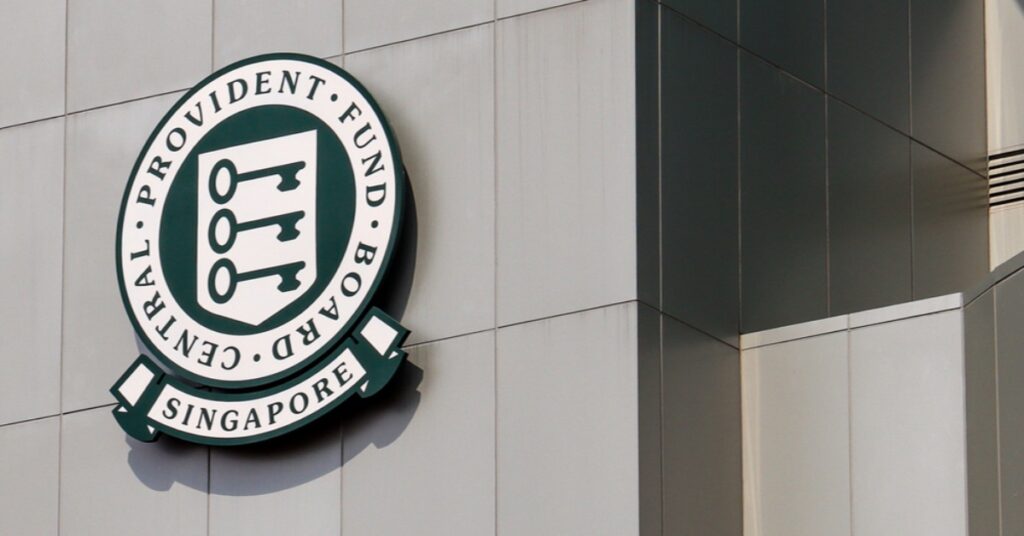
CPF gets an overall A grade from Mercer’s rating of 52 global pension systems
Disclaimer: Opinions expressed below belong solely to the author.
When the US consulting company Mercer published the first edition of its Global Pension Index 17 years ago, Singapore’s Central Provident Fund received just a C on its grading scale. Now, in 2025, its ascent through the ranks is complete, as it has finally been awarded the highest A grade.
Singapore joins four other countries: the Netherlands, Iceland, Denmark and Israel — which have been awarded the same distinction among the 52 systems covering 65 per cent of the global population that Mercer evaluates each year.
Interestingly, the Lion City ranks above known welfare states like Sweden, Norway or Finland, as well as Switzerland or Hong Kong, and major developed economies in Canada, France or Germany — not to mention the USA which, at just C+, is on par with Malaysia.

The main grade consists of scores calculated across three sub-indices: Adequacy, Sustainability and Integrity.
The first grades the systems on their outcomes for the insured: benefits it provides, rates of home ownership, savings, growth and their design. The second focuses on the extent of the coverage, assets under management, public expenditures and government debt which influences the government’s ability to provide old age support. Finally, Integrity covers regulatory rules and protections, operating costs and communication with the participants.
Singapore received B+ for the first two and A for the last one, so there is still a little bit it can improve by, although there are only two triple-A rated systems: in the Netherlands and Iceland.

What’s more, Singaporeans may not appreciate the recommendations provided by Mercer on how the country could receive higher marks. Among the suggestions include opening the system up to nonresidents, and increasing the age at which CPF members can access their savings by 2030. As we speak however, retirement age in Singapore is already being nudged up to 65, and re-employment age boosted to 70, according to the NTUC.
We have to remember that this is just an index devised by a private company which grades each country by its arbitrary standards, which often might not be compatible with societies that deviate from the established norm, such as Singapore’s – a tiny, highly migrant-dependent city-state, which cannot offer pensions to all foreign workers.
Nevertheless, CPF’s ascent up the ranks shows that the government is listening to constructive advice, even if it comes from abroad. By filling some gaps, offering support for older generations or developing schemes like CPF Life, it has greatly improved coverage and adequacy of the pensions, while the system is fully backed by the nation’s reserves.
In a world where most developed nations are concerned about future sustainability of their pension schemes, considered to be Ponzi schemes dependent on contributions of vastly more numerous workers to provide for a relatively small population of pensioners, Singapore stands out for the responsibility and self-sustainability built into CPF from day one.
As those problems begin to materialise in the coming years, it’s likely that its position in any global ranking is only going to get stronger with time, serving as an example to follow.
Featured image credit: Shutterstock
Also Read: S’poreans least optimistic about retiring early, among others in Southeast Asia
Last modified: October 22, 2025







